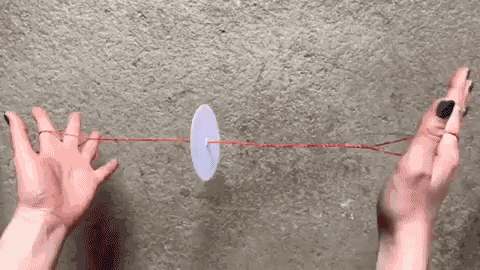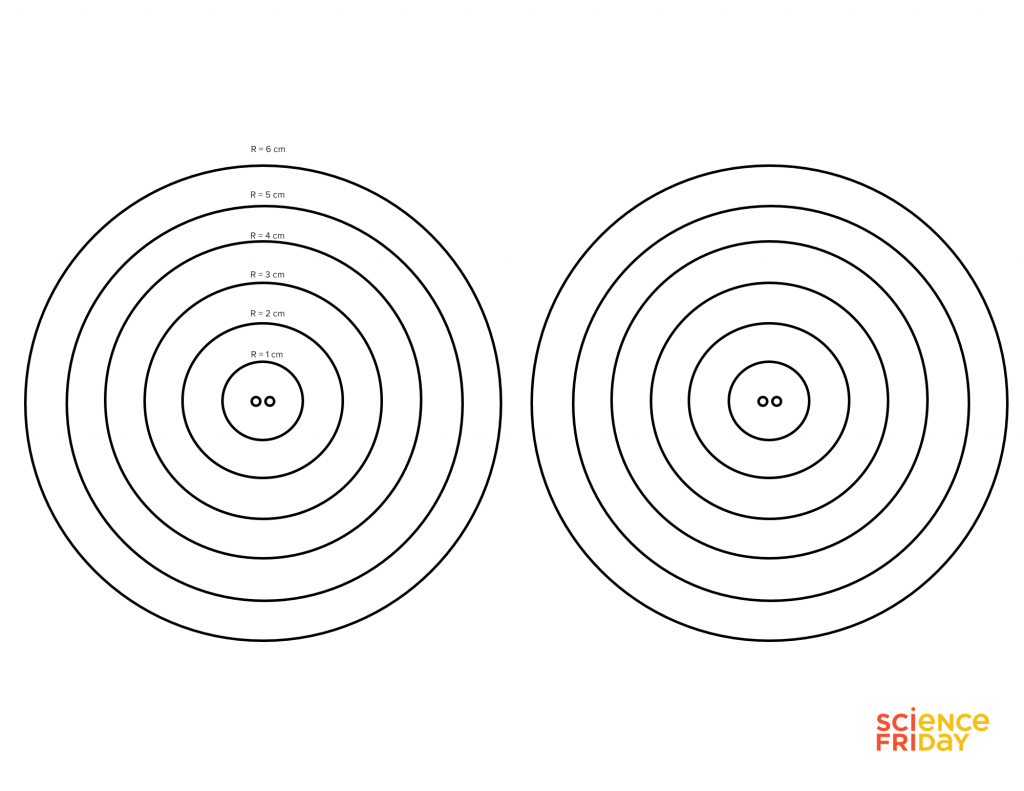Grade Level
6 - 8
minutes
15 min - 1 hr
subject
Physical Science
Activity Type:
What can spin 100,000 times in a minute and generate forces over 30,000 times the force of gravity? Surprise! It’s a toy that’s thousands of years old, called a whirligig or buzz toy. Here’s how it works:
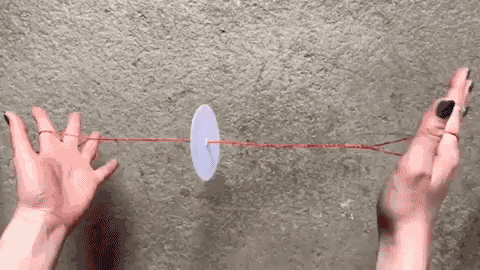
Perhaps the coolest thing about this toy is that it’s really easy to make—all you need is a piece of paper, some tape, a nail, and a string. The second coolest thing is that a group of physicists and bioengineers at Stanford University have figured out how to modify this type of toy into a machine called a centrifuge. Centrifuges spin materials quickly in order to separate their components by density. In this case, the paper centrifuge they made can separate the plasma, platelets, lymphocytes, and red blood cells from blood without electricity. The whole thing costs less than 18 cents to make.
Curious about the physics at work? Try making one of these buzz toys yourself.
Scientific Simplicity by Design
Make and use a paper buzz toy:
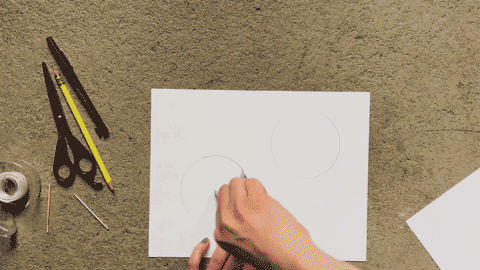
Simply cut two circles out of thick card stock, and tape them together. You can use this printout to help you make circles. Poke two holes close to one another in the center of the circle and thread a three-foot string through each hole (it will look kind of like a threaded button). Tie the string ends together to form a loop and loosely spread the loop between your two hands with the paper disc in the center.
To make your toy spin, loop de loop the disc round and around to twist up the string, then quickly move your hands apart and back towards each other again to unwind and then rewind the twists in the string. Practice a few times until you are able to get it to go really fast.
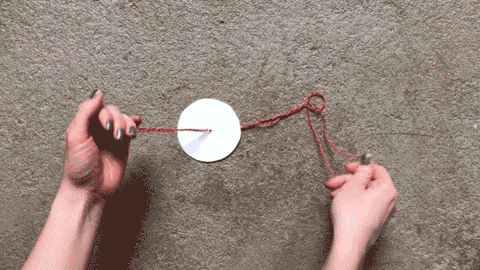
How does it work?
As you probably noticed, your disc actually rotates in two directions—a “winding” direction that coils the string as you move your hands together, and an “unwinding” direction that uncoils the string when you move your hands apart. The uncoiling of twists in the string applies torque, or rotational force, to the paper disc, causing the disc to spin. The disc builds up speed as the string unwinds, and you’ll hear a “whirring” sound as it cuts through the air. With enough speed, the disc will continue to rotate even after the string is fully unwound and is no longer applying torque (thanks inertia!). By moving your hands back and forth quickly, you can twist, untwist, and twist the string over and over again, building up incredible rotational speed in the disc between each stroke.

How fast does my buzz toy spin?
Rotational speed is often measured in rotations per minute (r.p.m). To make it easier to estimate the number of rotations the disc makes in a given period of time, we will assume that the number of rotations is the same in either direction (unwinding or winding) and that they occur at about the same speed. For that reason we’ll call both “unwind” strokes and “wind” strokes simply “strokes.”
Determine how many strokes you can do per minute.
- Wind and unwind your buzz toy at top speed. Use a timer to count the number of strokes in 10 seconds. Record this total as the “number of strokes per 10 seconds.”
- There are 60 seconds in a minute. Calculate the number of strokes you are able to do per minute by multiplying the number of strokes in the previous step by six. (We are assuming you would do the same number of strokes every 10 seconds.)
Determine how many rotations there are in a single winding stroke.
- Use a marker to draw a thick line on one side of your buzz toy.
- Wind and unwind your buzz toy as quickly as you did in step 1. After you get up to full speed, instead of bringing your hands apart, quickly clap your hands together to stop the disc from unwinding. You should have “captured” all of the twists that your buzz toy built up in one stroke.
- Using the line on the outside of your buzz toy, count the number of complete rotations your buzz toy makes while slowly allowing it to unwind, stopping when it has unwound completely. This is the number of rotations per stroke.
Calculate the number of rotations per minute:
- Multiply the number of strokes per minute by the number of rotations per stroke to get the number of rotations per minute. This is your r.p.m.!
Modify your design:
All kinds of things can affect the maximum rotational speed of a buzz toy, from the type of string used (e.g., fishing line, wire, thread) to the length of string, the radius of the disc, the spacing of the holes in the center, and the mass of the disc itself. You can use this printout to easily make buzz toys with different radii.
Modify one variable of your design, and repeat steps 1 through 6. Then modify another variable, and repeat the steps again. As your designs get more advanced, you can reinforce the holes in the middle with tape.
How can this toy be modified into a centrifuge?
As noted above, a centrifuge is a device that spins mixtures quickly enough to separate the materials within the mixture by density. Centrifuges are commonly used on biological samples like blood, urine, or cell cultures to isolate pathogens and DNA for use in diagnosing disease. By modifying a buzz toy to function like a centrifuge, M. Saad Bhamla and colleagues in the Prakash lab at Stanford University have created a low-cost way for anyone to process samples for disease diagnosis, even in the absence of electricity. It works by sandwiching small vials of blood samples between two paper discs and spinning them with twisted string, just like what you did in this activity. The creators of the “paperfuge,” as the invention is called, were able to achieve a speed of 125,000 rotations per minute with their design. That’s more than 2,000 rotations every second!
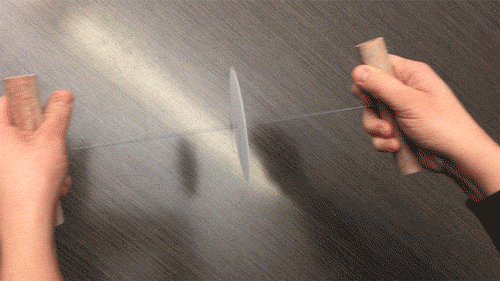
Learn more about their design and how they used it to successfully isolate the malaria parasite from blood samples by reading their publication or watching this video about their work.
Educator's Toolbox
Meet the Writer
About Ariel Zych
@arieloquentAriel Zych is Science Friday’s director of audience. She is a former teacher and scientist who spends her free time making food, watching arthropods, and being outside.
